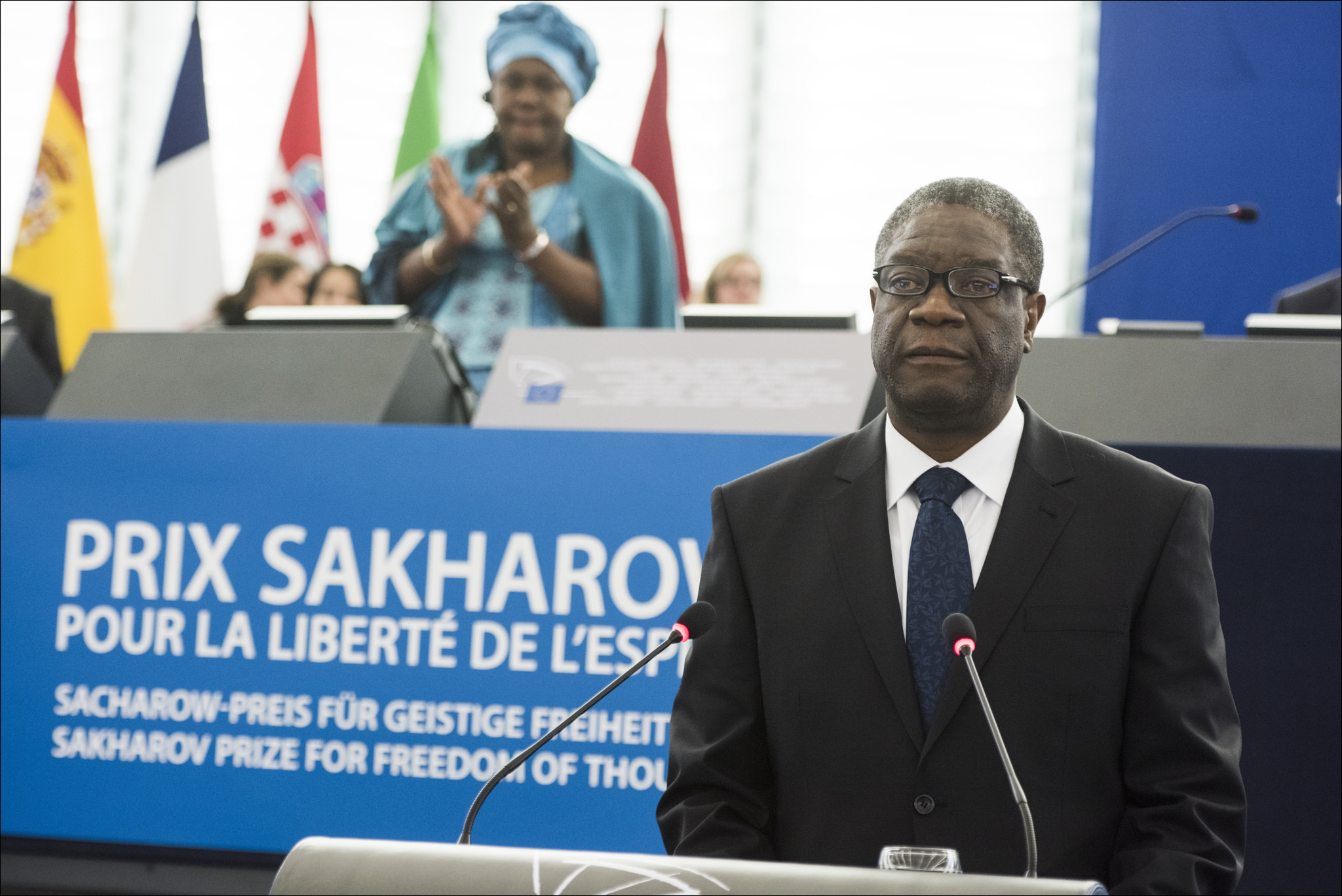By Oliver Kaplan for Denver Dialogues.
When armed conflicts involve illicit economies, they can create special risks for civilians. Not only may armed actors in these conflicts be more opportunistic and violent and less restrained, but the promise of economic rents also fosters competition over the civilian population and labor force. It can be difficult for communities to avoid these dynamics. After all, why resist when there is so much money to be made? And why face the danger of going up against murderous cartels and armed groups?
It is no wonder, then, that social movements to protect illegal drug crops and protest their eradication by public forces have been commonplace. Still, there have also been various manifestations of resistance to coca (from which cocaine is produced) and other illegal drugs in war zones around the world. This presents a puzzle of why some communities are able to organize against participating in the narco-economy and further feeding conflict despite the risks. This question has continuing significance for countries like Afghanistan and Colombia, where coca cultivation has surged to higher levels than ever in the wake of the FARC peace agreement.
The examples I have seen exhibit some similar patterns. For starters, communities frequently face a collective action problem: to avoid longer-term insecurity from competition among cartel and militia drug crop buyers, they must coax individual residents to forgo short-term profits. This collective action and organization is needed because involvement in drug economies can generate spillovers of violence, increased economic inequality, and price inflation—externalities that can also harm those who shun illicit cultivation.
With strong social foundations, however, communities may pursue several nonviolent actions to cement their resistance to the narco-economy—to coca and poppy.
They may develop their own organizational norms and rules forbidding illegal crops; dialogue or (more forcefully) protest against narco-traffickers; and generate their own economic alternatives. These approaches may be part of a package of pacifist civilian autonomy strategies, but need not be. Community preferences for resistance can be rooted in particular local social values, norms of legality, or religious customs, as well as forward-looking instrumental logics.
In Colombia, some campesino communities have mobilized against coca cultivation at different moments. I came across evidence in the community archives of the Peasant Worker’s Association of the Carare River (ATCC) of leaders working to prohibit coca since it was inconsistent with the aims of their local peace movement. As an ATCC leader stated in 2002:
“He who plants coca is not to get involved in the organization… The policy of the ATCC is to not get involved in questions of coca… The problem is that this brings disputes between the [armed] groups over the territory and forced displacement.”
The community worked to reinforce norms of legality because it foresaw the possibility of spirals of violence. In addition to persuasion, the community pursued their own, bottom-up initiatives promoting alternative crops and economic development, at times with external support.
Afro-Colombian and Indigenous communities—ethnic minority groups with collective land rights—have also resisted large-scale coca. In Nariño department, the Afro-Colombian community of Yurumangui held community meetings to consider the pros and cons of banning coca cultivation, eventually opting for the ban. However, as with the ATCC, it was not a simple proposition, since mobilizing for resistance itself can generate rifts within communities suffering high levels of poverty.
Indigenous groups in Colombia have also resisted large-scale coca cultivation for non-traditional uses to retain their territorial autonomy and avoid violence. In my analysis, I identified ten “Life Plan” documents where various Indigenous groups declared their collective opposition to narco-traffickers (in addition to other guerrilla and paramilitary actors involved in the drug trade).
Similar civilian mobilizations are even found in Afghanistan against heroin poppy cultivation, albeit for slightly different reasons and through different processes. One of the main motivations for opposing poppy cultivation is that it is viewed as counter to Islam. Between 50 to 90 percent of survey respondents have reported not growing poppy for that reason. Ulemas (imams) have also issued fatwas, or religious edicts, against cultivating poppy (indeed, the Taliban’s ban while it was in power was viewed as a particularly effective form of drug control).
Beyond resisting cultivation of drug crops, there are also examples of conflict-affected communities mobilizing against traffickers at the points of drug shipment and distribution. In Honduras, a transit point to the US, one community nonviolently mobilized against traffickers and even expelled residents with links to them. I also came across examples of Zone of Peace communities in the Philippines organizing to ban drug use as part of their strategies to manage social vices. By managing these vices, they hoped to prevent disputes and outbreaks of violence and limit the inroads of armed groups and criminal organizations.
Resisting drugs like coca and poppy involves economically-rooted collective action problems and confronting violent actors with strong profit motives. As such, these circumstances are related to, but in some ways more challenging than, civilians’ broader efforts to nonviolently resist war. Although mainstream counter-narcotics efforts often focus on the economic calculus, the cases here also illustrate the importance of moral calculus and security logics.
Civilian resistance to narco-economies shows potential for addressing a troubling source of kindling in armed conflicts. Yet this recourse of local communities may only represent a band-aid solution until consumer countries pursue more substantial drug policy changes.






